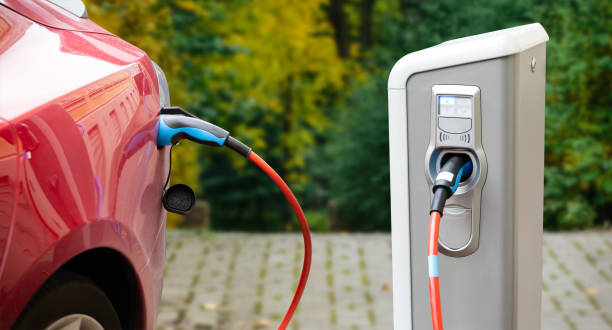Operational Analysis – A Thought Framework One of the key tenets of Systems Engineering or Systemic Thinking is developing an understanding of how the system (or a product under development) is going to operate or behave under various scenarios. This leads to identification of the right set of fun...
Faillure Modes and Effect Analysis using SysML Failure Modes and Effects Analysis (FMEA) helps you to understand your design processes in detail. It highlights the risks and develops counter-measures. Many organizations use FMEA as a step-by-step approach to identifying all possible causes of produc...
Electric Vehicles – Upcoming Trends & System Dynamics Electric vehicles in India have finally crossed that threshold of being just talked about and being owned by a hand-full of people, and are now becoming an emerging trend. This is quite evident with the rising number of EV companies of...
The space-time continuum of the product development lifecycle Imagine if the product development stage were mapped in terms of Time and Space. All the steps, all the artifacts that you develop during the lifecycle are placed spatially (in form of some documents). Their coming into being was through ...





